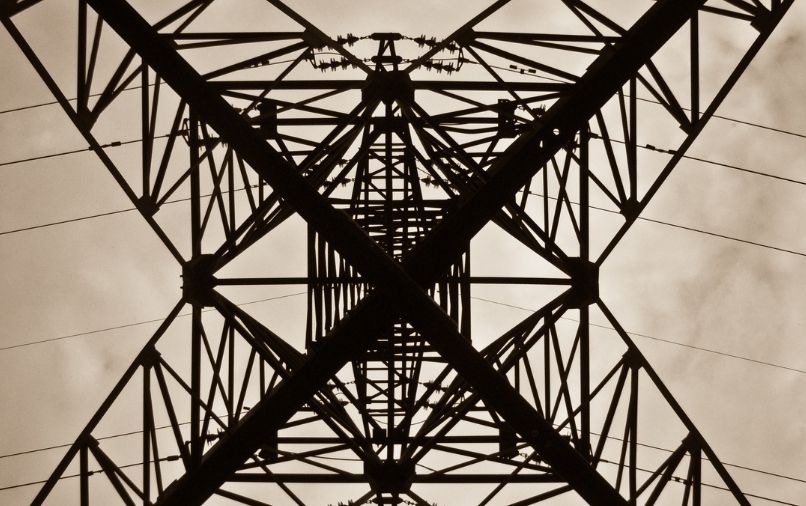- Federal Labor is keen on expanding the fibre overlay of the FTTN network of NBN Co for $2.4 Billion. With this promise, the job started by NBN Co last year would be effectively finished.
- With the plan of NBN Co released in September last year, $3.6 billion upgrades to its HFC and FTTC were deemed. This also includes about two million of 4.7 million FTTN premises by 2023.
- The plan of Labor indicates a slightly higher budget plan per capita for the next 1.5 million, but its assumptions are around lead-in take-up and cost is not clear.

Federal Labor is keen on expanding the fibre overlay of the FTTN network of NBN Co for $2.4 Billion. The NBN policy is also yet to be announced in Sydney by opposition leader Anthony Albanese and shadow communications minister Michelle Rowland.
With this promise, the job started by NBN Co last year would be effectively finished. Last year, NBN Co released plans for a three-year build of a GPON overlay of two million FTTN premises.
The HFC and FTTC upgrades aim to increase the gigabit-capable percentage of NBN fixed premises to 75% with the FTTN upgrades. In line with this, 85% will be able to access 100Mbps speeds, while 95% will be able to access 50Mbps.
Only premises with the FTTN connection technology and select premises with HFC and FTTC connection technologies are capable of fostering NBN plans in the super fast and ultra-fast speed tiers with gigabit speeds. Nevertheless, Labor says that this expansion allows gigabit speeds to be available to 90% of the fixed-line footprint. In this case, 660,000 out of the 1.5 million extra premises will be in regional areas.
With the plan of NBN Co released in September last year, $3.6 billion upgrades to its HFC and FTTC were deemed. This also includes about two million of 4.7 million FTTN premises by 2023.
The plan of Labor indicates a slightly higher budget plan per capita for the next 1.5 million, but its assumptions are around lead-in take-up and cost is not clear. According to Labor estimates, around 12,000 jobs will be generated by the build.
In a statement that is yet to be released today, Labor says: “This investment, consistent with the accounting treatment of NBN Co, will be funded through a combination of commonwealth loans, free cash flows, and equity if determined appropriate. The optimal financing mix and capital structure will be determined by the government.”
However, this has already attracted criticism from communications minister Paul Fletcher. According to the minister, “Labor needs to explain how this will be funded – instead of offering murky comments referring to a ‘combination’ of funding sources. In reality, this means more direct taxpayer funding of NBN, whereas the Coalition is steadily reducing the NBN’s loan from the Commonwealth – with more than $11 billion already repaid to Australian taxpayers.”
“Nothing in what Labor is now proposing adds to our existing commitment before 2023; NBN is fully committed to delivering the existing upgrade. At least Labor has now accepted the Coalition’s efficient model of fibre on demand – abandoning its previous policy of fibre to every premise, regardless of whether it is wanted or not.”
In its statement, Labor said “The LNP’s decision to abandon the original vision of the NBN and instead rollout of second-rate technology has suffered multiple cost blowouts and delays and, as it stands, is $28 billion over budget.”


